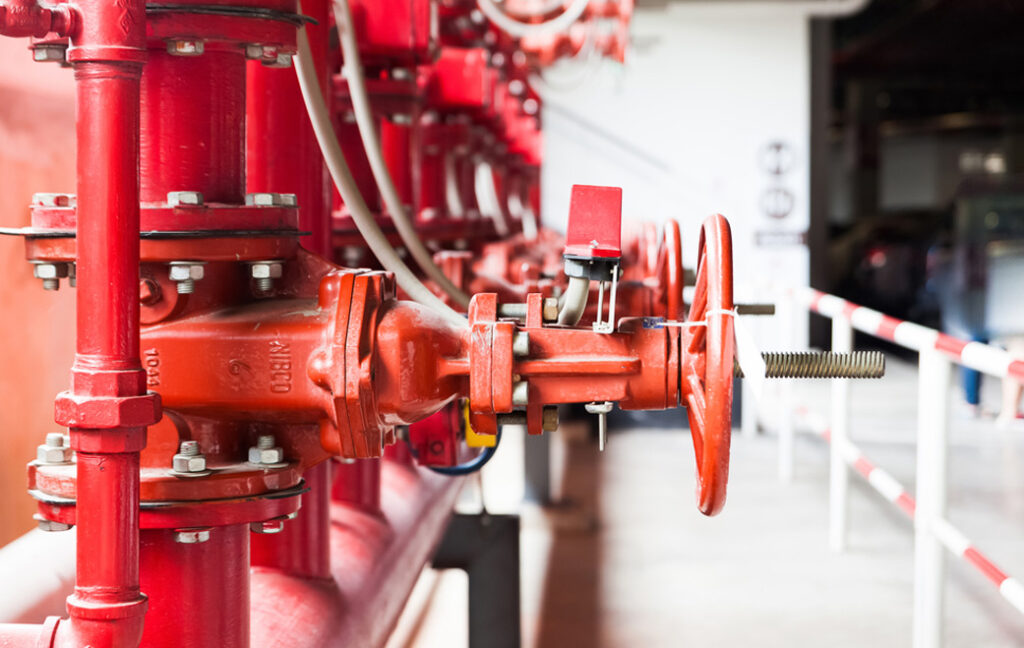Flame Detectors: In industries where flammable materials are present, ensuring the safety of personnel and property is paramount. One of the key components of fire safety systems is flame detectors. These devices play a critical role in early fire detection, helping to prevent catastrophic incidents. In this blog post, we will explore the four common types of flame detectors, their working mechanisms, applications, advantages, and disadvantages.
Understanding Flame Detectors
Flame detectors are devices designed to sense and respond to the presence of flames in an environment. They are commonly used in various sectors, including oil and gas, manufacturing, aviation, and chemical processing. By detecting flames at an early stage, these devices can trigger alarms and activate suppression systems, significantly reducing the risk of extensive damage.
Why Are Flame Detectors Important?
Flame detectors are crucial for several reasons:
- Early Detection: They can identify flames before they spread, allowing for a quick response.
- Protection of Assets: By preventing fires from escalating, they safeguard valuable equipment and infrastructure.
- Safety of Personnel: Early warning systems enhance the safety of workers by providing alerts in case of a fire.
- Compliance: Many industries are required to follow strict safety regulations, making flame detectors an essential component of fire safety systems.
1. UV Flame Detectors
Working Mechanism
Ultraviolet (UV) flame detectors work by sensing the ultraviolet radiation emitted by flames. When a fire occurs, it releases UV radiation, which these detectors can pick up. They are highly sensitive and can detect flames even in bright sunlight.
Applications
UV flame detectors are commonly used in:
- Oil and gas facilities
- Chemical plants
- Power generation stations
Advantages
- Fast Response Time: UV detectors can detect flames in less than a second.
- High Sensitivity: They can detect small flames from a distance.
- No False Alarms: UV detectors are less likely to trigger false alarms from other light sources.
Disadvantages
- Limited Range: They may not detect flames if obstacles block the UV radiation.
- Susceptibility to Environmental Conditions: Heavy smoke, dust, or fog can hinder their effectiveness.
2. Infrared Flame Detectors
Working Mechanism
Infrared (IR) flame detectors work by detecting the infrared radiation emitted by flames. They are designed to identify the specific wavelengths associated with burning hydrocarbons. These detectors can also be configured to differentiate between actual flames and other infrared sources, reducing false alarms.
Applications
IR flame detectors are suitable for:
- Refineries
- Petrochemical plants
- Storage facilities for flammable materials
Advantages
- Wide Detection Range: IR detectors can cover large areas, making them ideal for expansive facilities.
- Resistance to Environmental Factors: They can operate effectively in adverse conditions, such as smoke or fog.
- Versatility: Some models can detect different types of flames, including hydrocarbon and non-hydrocarbon fires.
Disadvantages
- Response Time: While still fast, IR detectors may have a slightly longer response time compared to UV detectors.
- Cost: They can be more expensive than other types of flame detectors.
3. Multi-Spectrum Flame Detectors
Working Mechanism
Multi-spectrum flame detectors combine both UV and IR detection methods. By analyzing multiple wavelengths, these detectors can accurately identify flames while minimizing the chances of false alarms. They provide a comprehensive approach to flame detection, making them suitable for various environments.
Applications
These detectors are commonly used in:
- Aerospace industries
- Waste treatment facilities
- Manufacturing plants
Advantages
- High Reliability: The dual detection method reduces the risk of false alarms.
- Fast and Accurate Detection: They provide quick responses while accurately identifying flames.
- Versatile Usage: Suitable for detecting different types of fires, including those involving solids, liquids, and gases.
Disadvantages
- Complexity: The technology can be more complex, requiring specialized training for installation and maintenance.
- Higher Costs: The advanced technology may come with a higher price tag compared to single-spectrum detectors.
4. Flame Detection Cameras
Working Mechanism
Flame detection cameras utilize advanced imaging technology to detect and analyze flames visually. These cameras can provide real-time monitoring and imaging, allowing operators to assess the situation immediately. They often integrate with fire alarm systems to trigger alerts when flames are detected.
Applications
Flame detection cameras are used in:
- Hazardous environments requiring constant monitoring
- Industrial plants with high fire risks
- Outdoor areas where traditional detectors may be less effective
Advantages
- Visual Verification: Operators can visually confirm the presence of flames, providing an additional layer of safety.
- Long-Range Detection: Cameras can cover large areas and detect flames from significant distances.
- Integration with Other Systems: They can work seamlessly with other safety and monitoring systems.
Disadvantages
- High Initial Cost: The advanced technology and imaging capabilities can make them expensive.
- Requires Maintenance: Cameras may require regular cleaning and maintenance to ensure optimal performance.
Choosing the Right Flame Detector
Selecting the appropriate flame detector for your facility depends on several factors:
- Environment: Consider the specific conditions of your facility, including the presence of dust, smoke, and lighting conditions.
- Type of Materials: The nature of the materials you handle will influence the type of flame detector needed.
- Detection Range: Assess the area that needs coverage and choose a detector that can effectively monitor that space.
- Regulatory Compliance: Ensure that your choice meets industry regulations and standards.
Conclusion
Flame detectors are indispensable components of fire safety systems in various industries. Understanding the different types of flame detectors—UV, infrared, multi-spectrum, and flame detection cameras—can help organizations make informed decisions about their fire safety measures. By investing in the right technology, businesses can enhance safety, protect assets, and ensure compliance with regulations.
Implementing a comprehensive fire safety strategy that includes flame detectors is crucial for preventing fires and minimizing risks in hazardous environments. As technology advances, flame detection systems continue to improve, offering greater reliability, faster response times, and enhanced safety for all.





